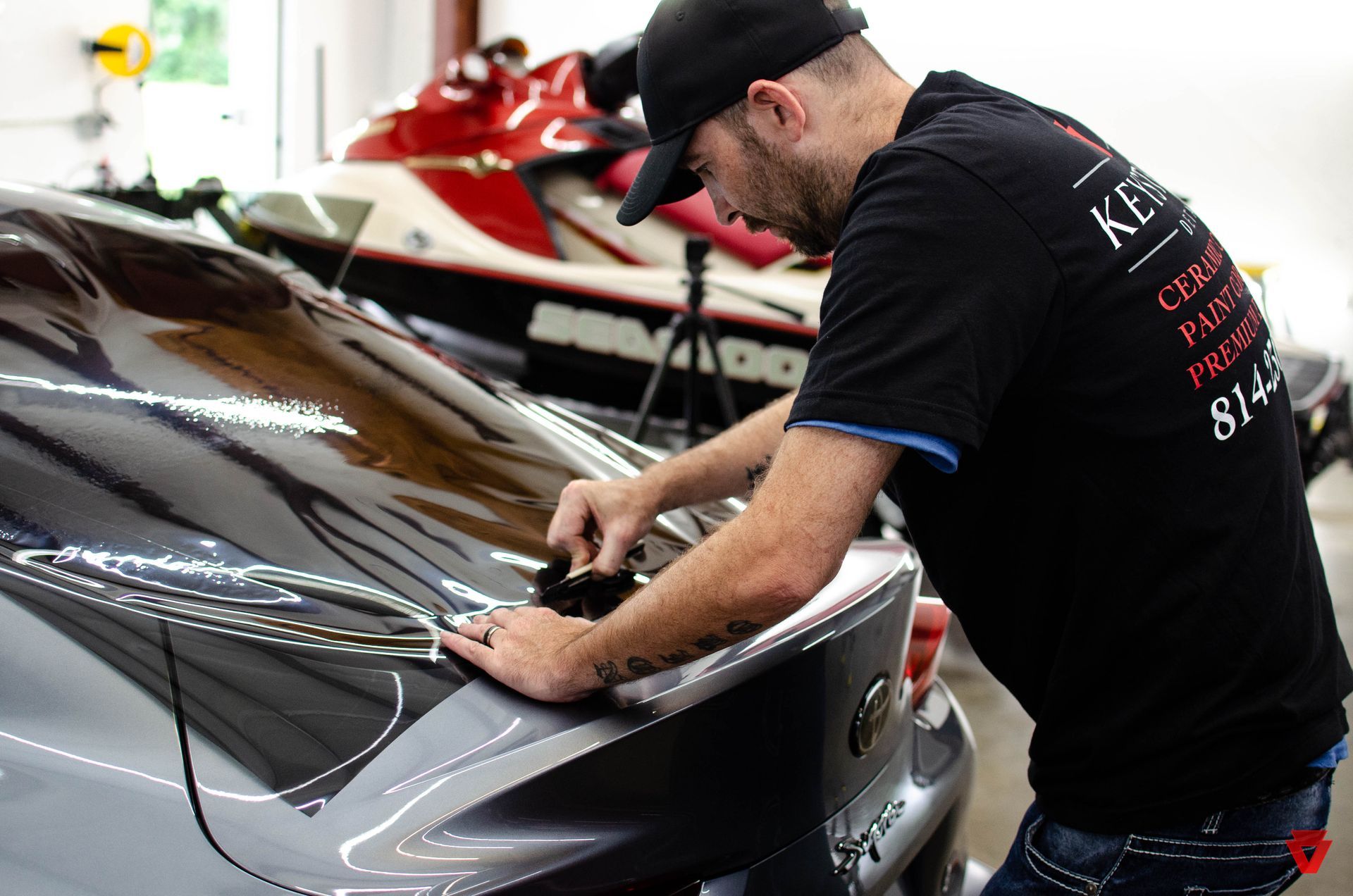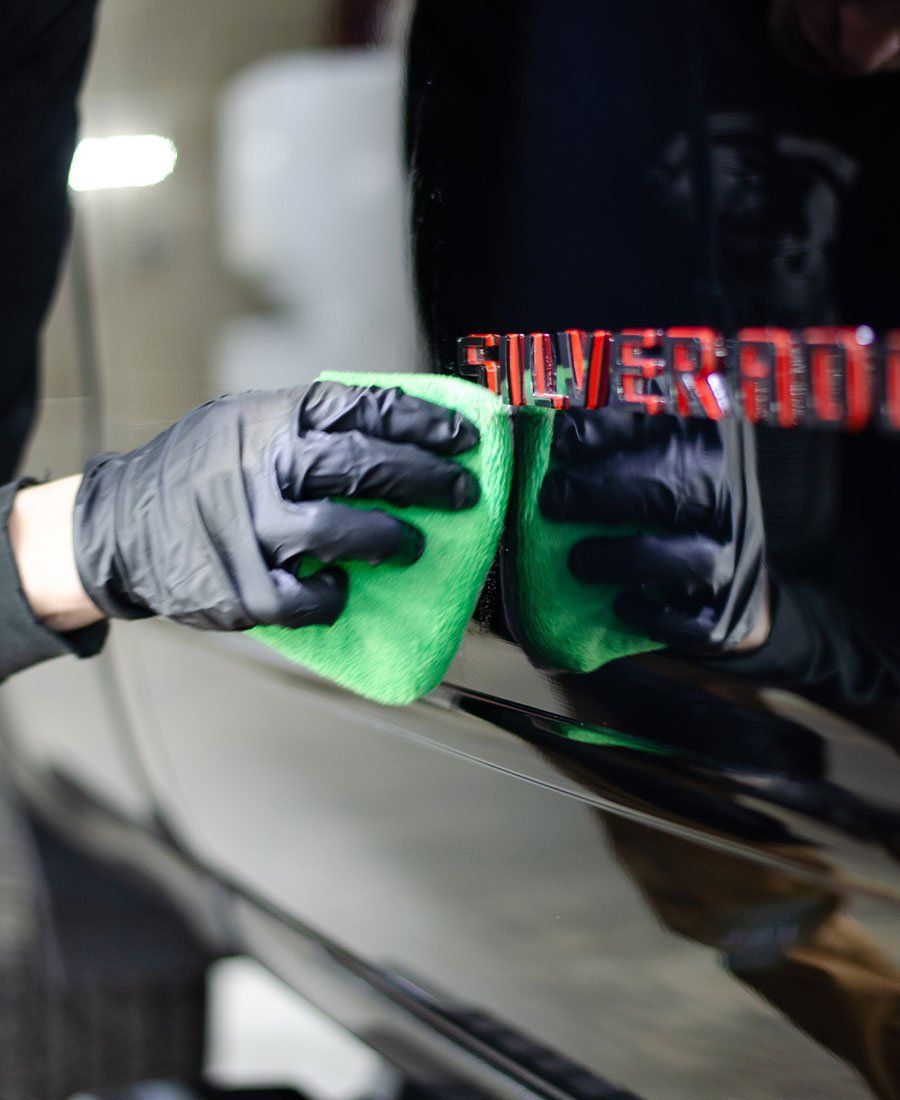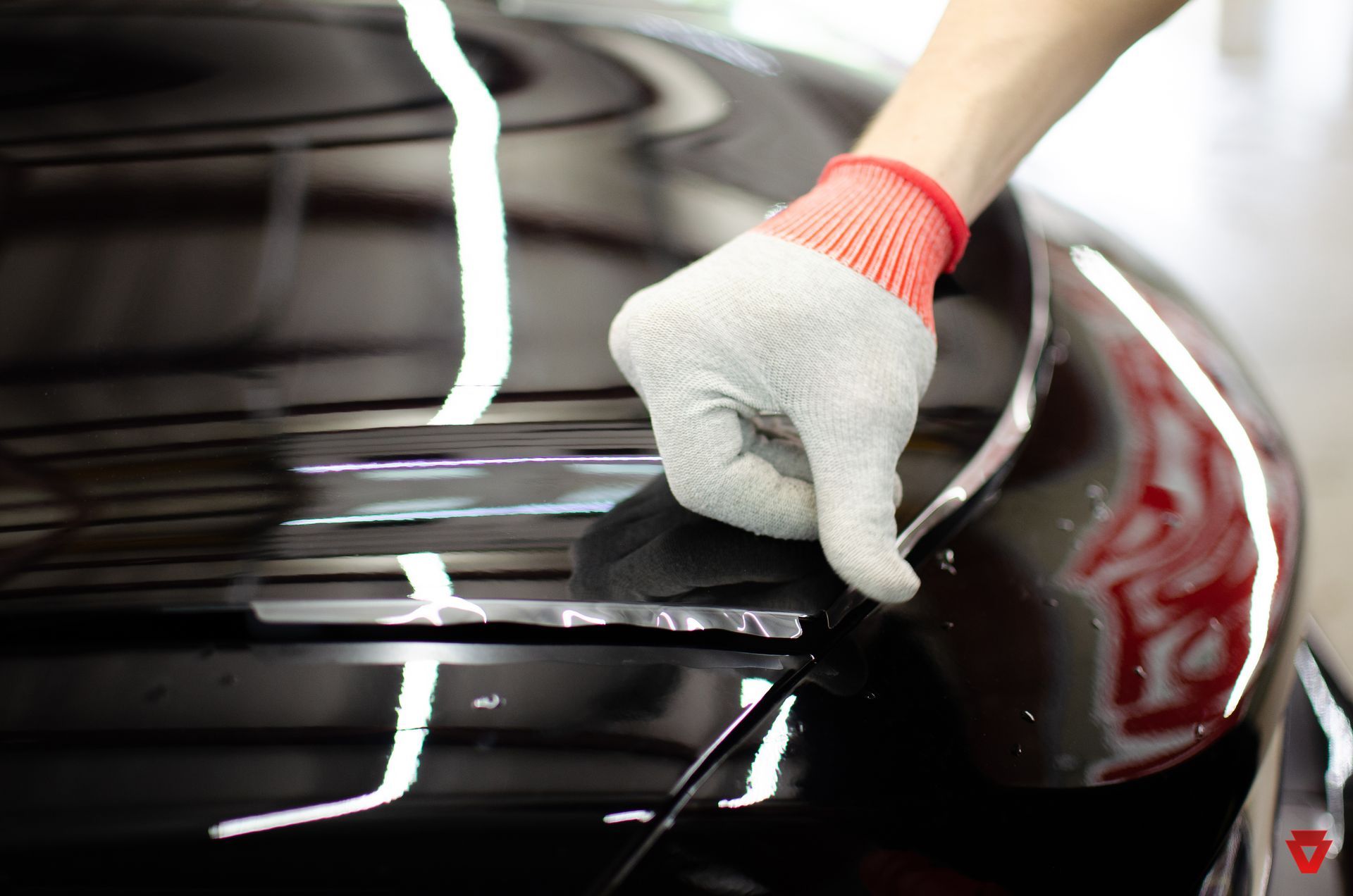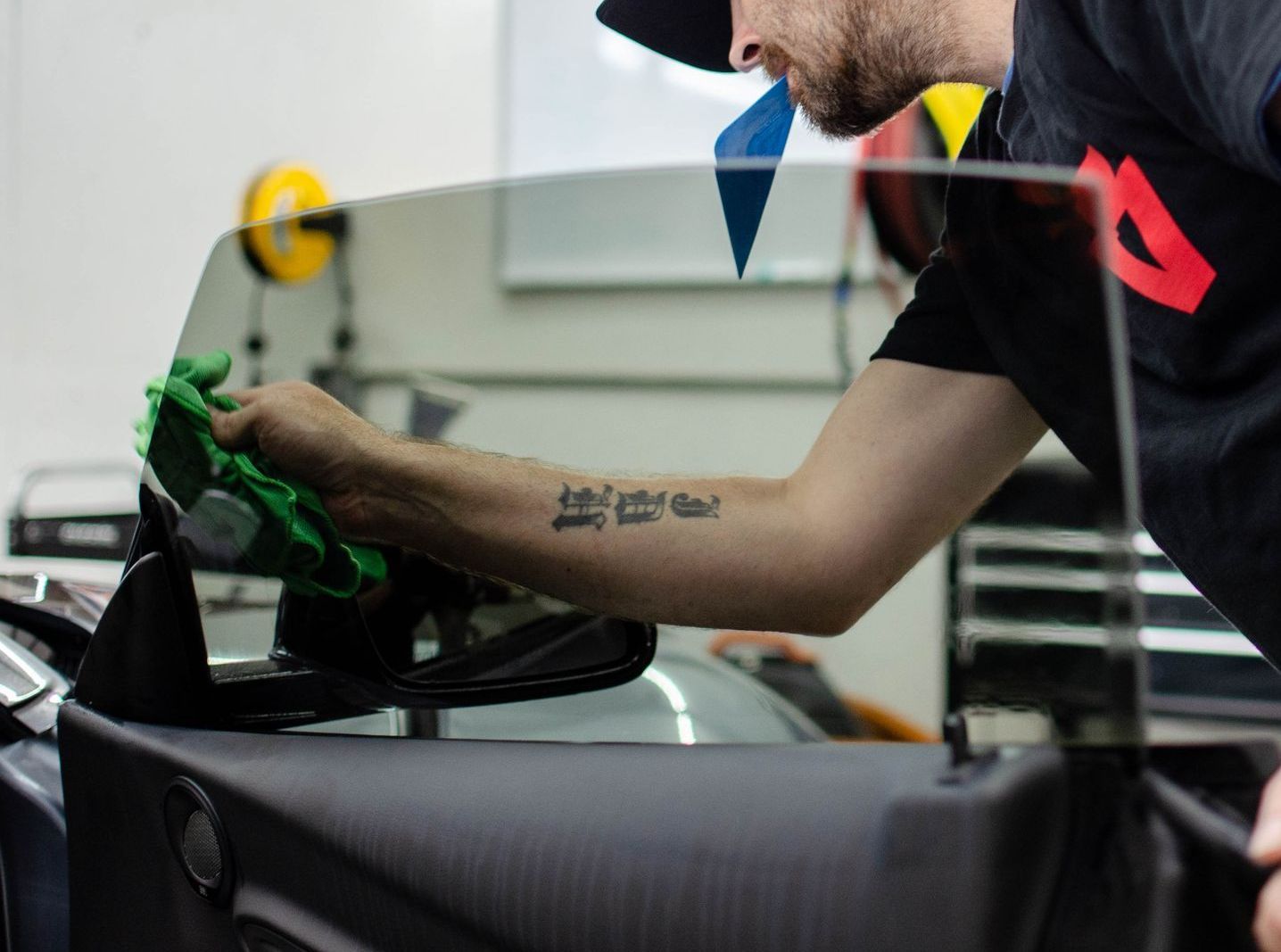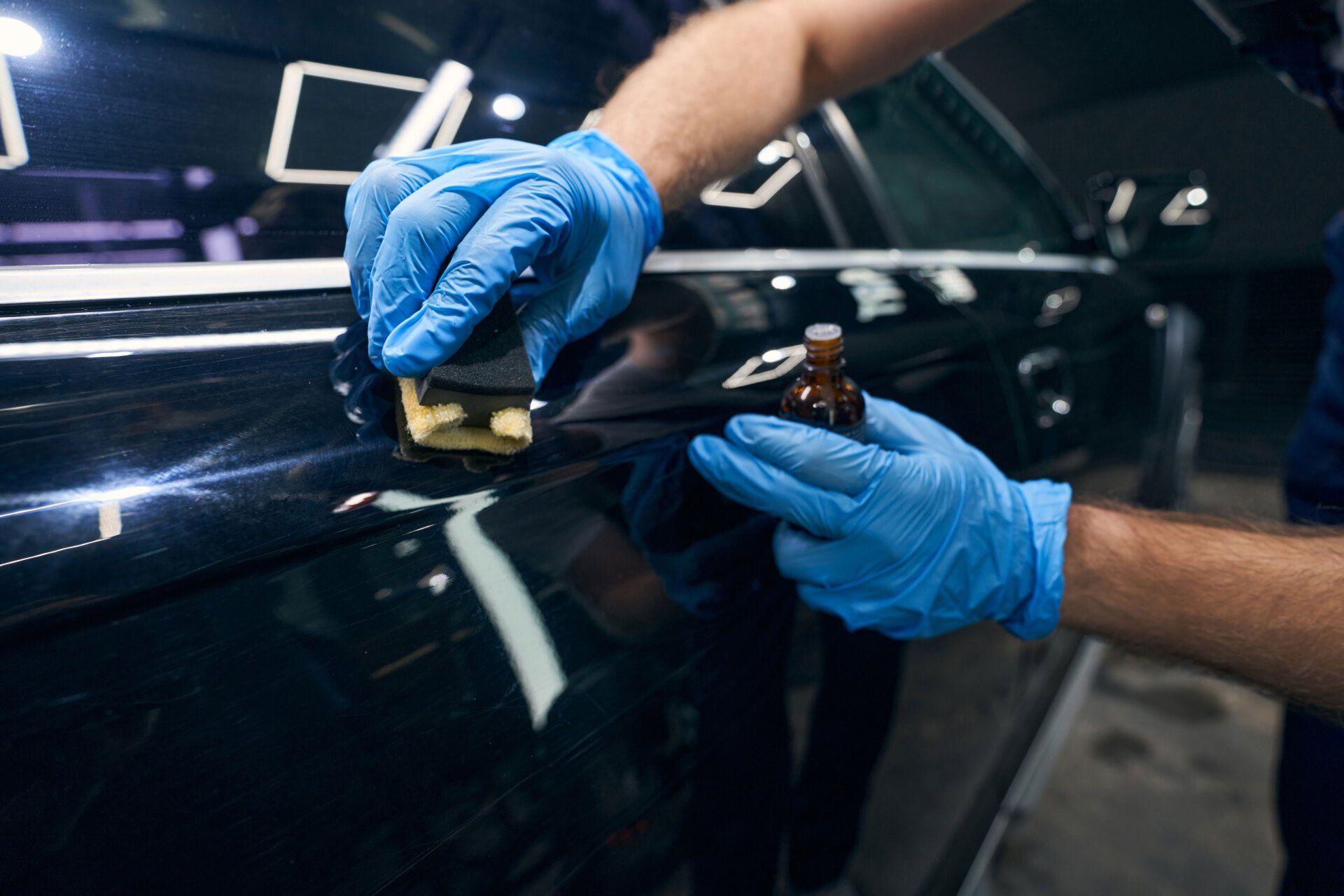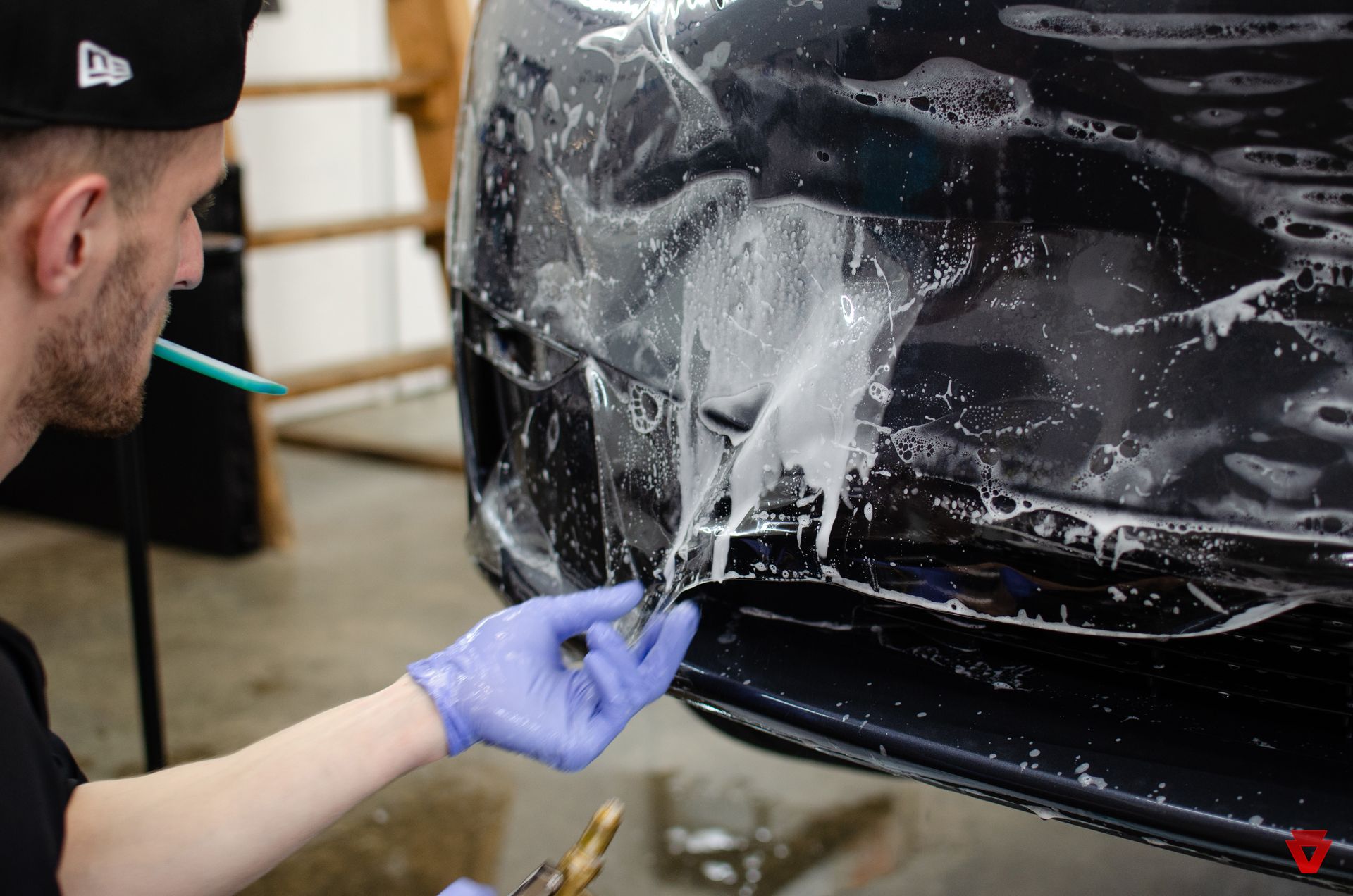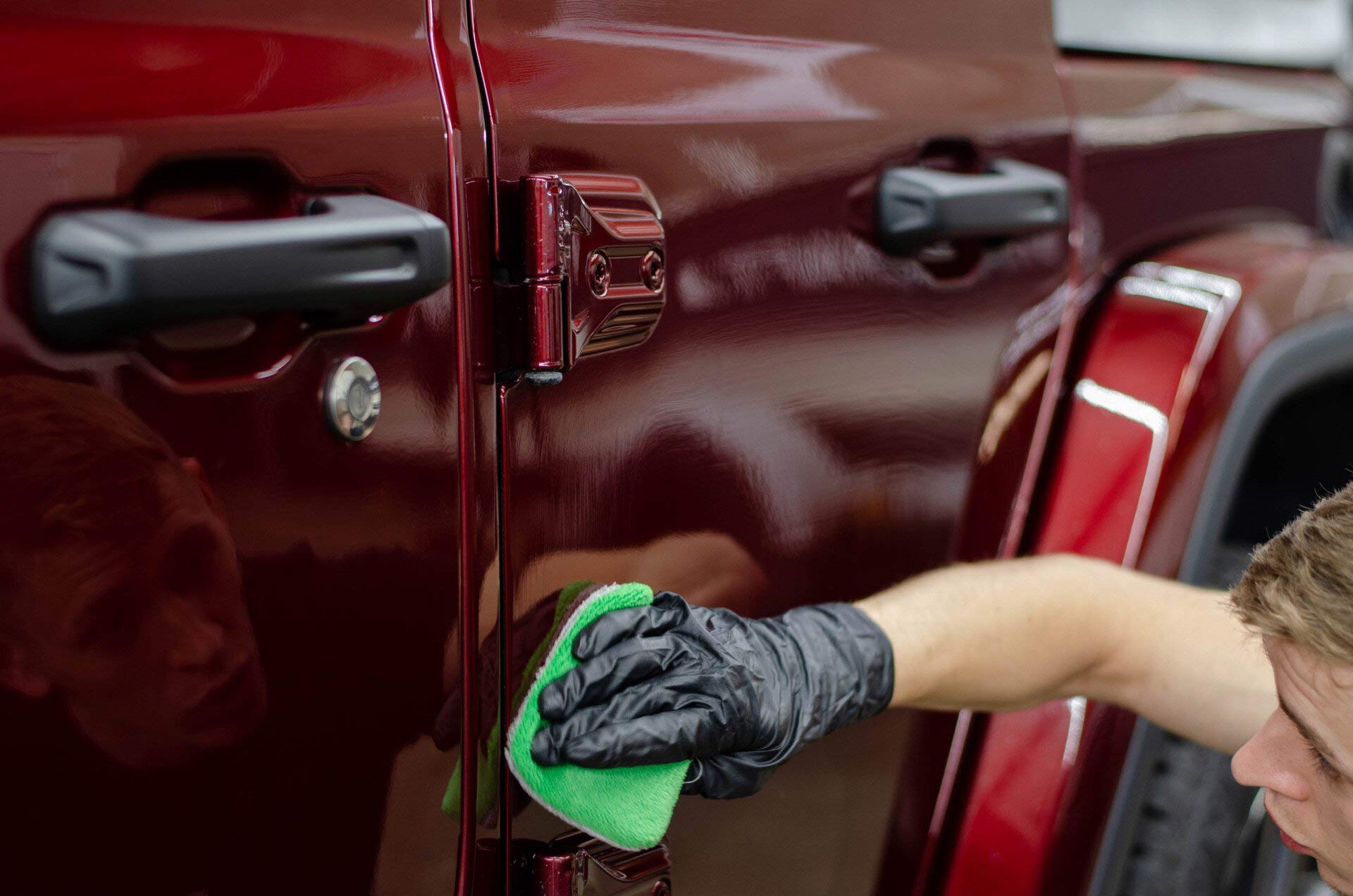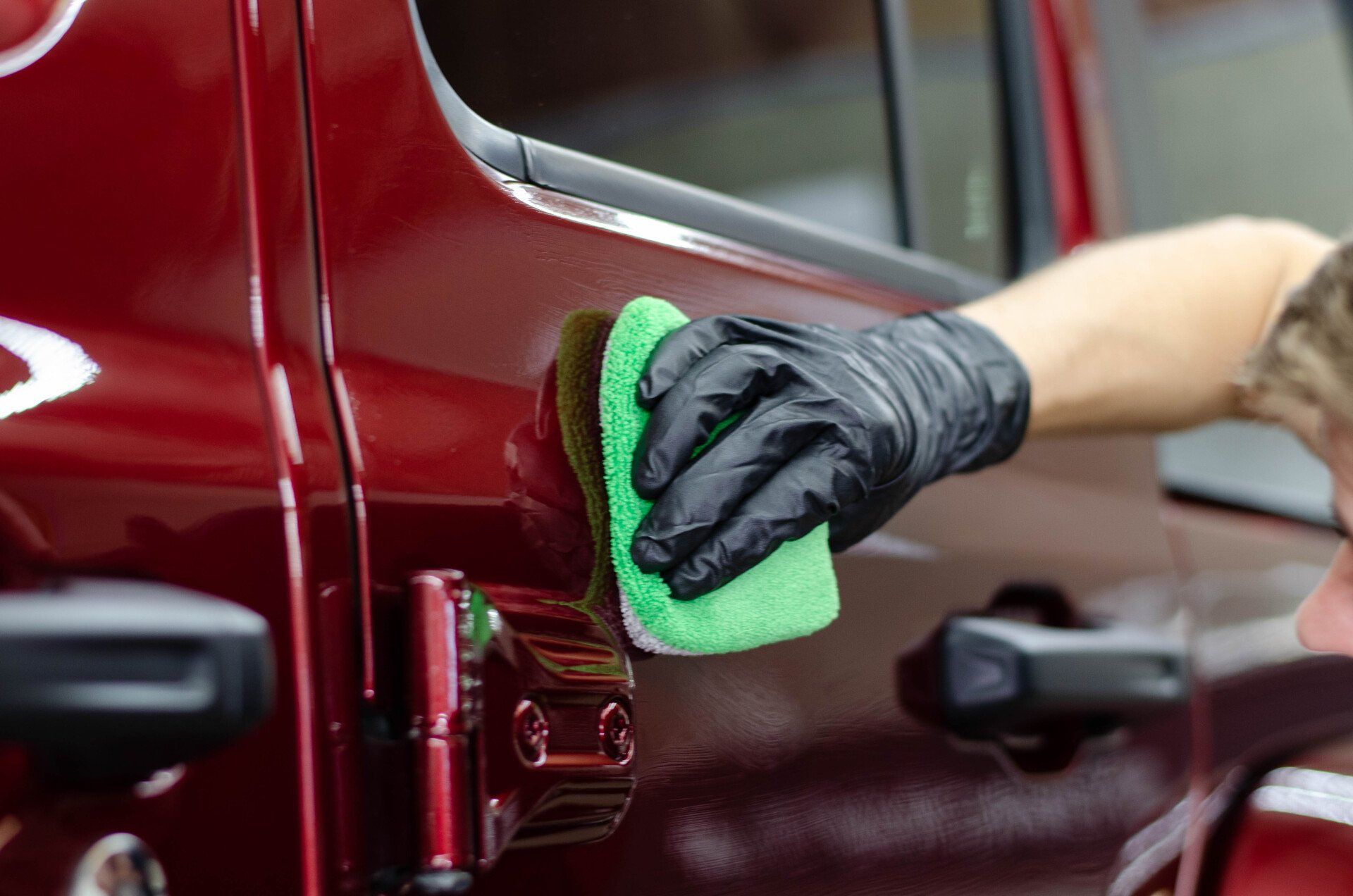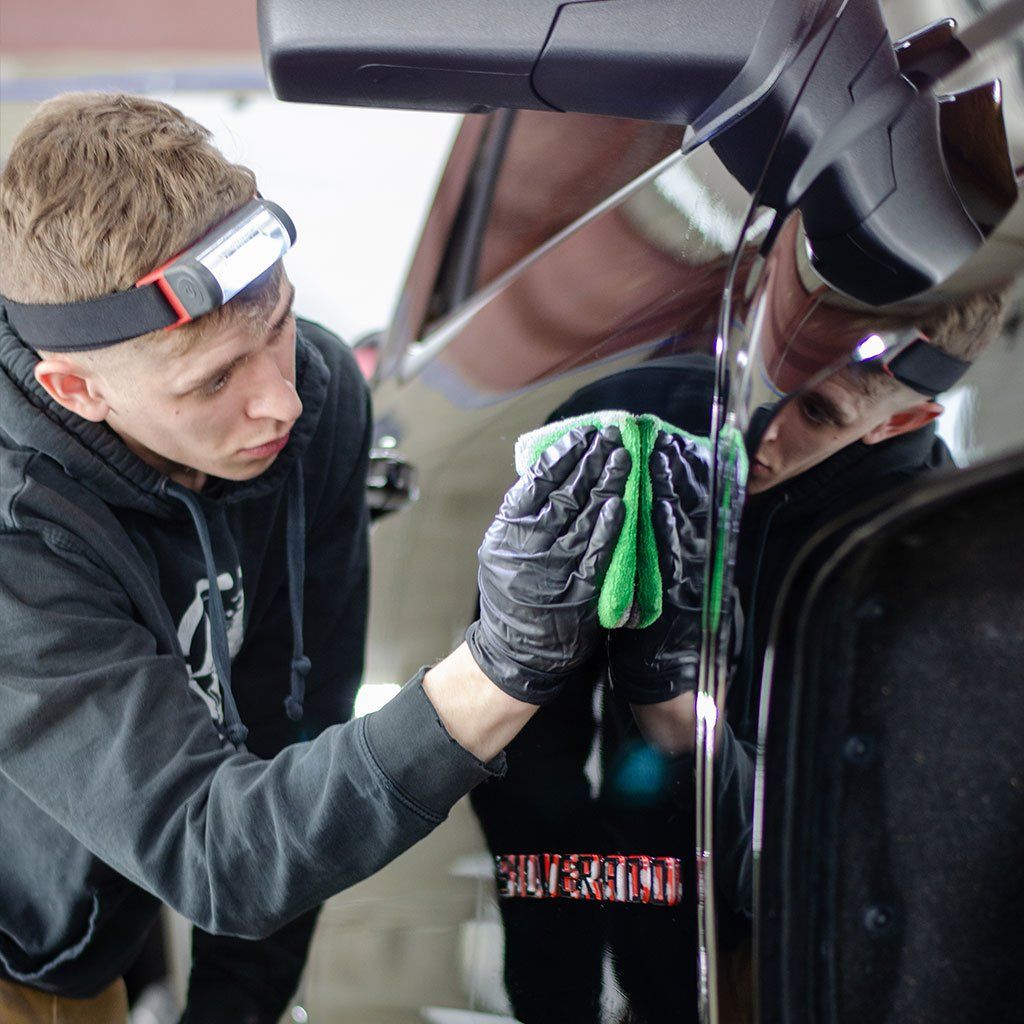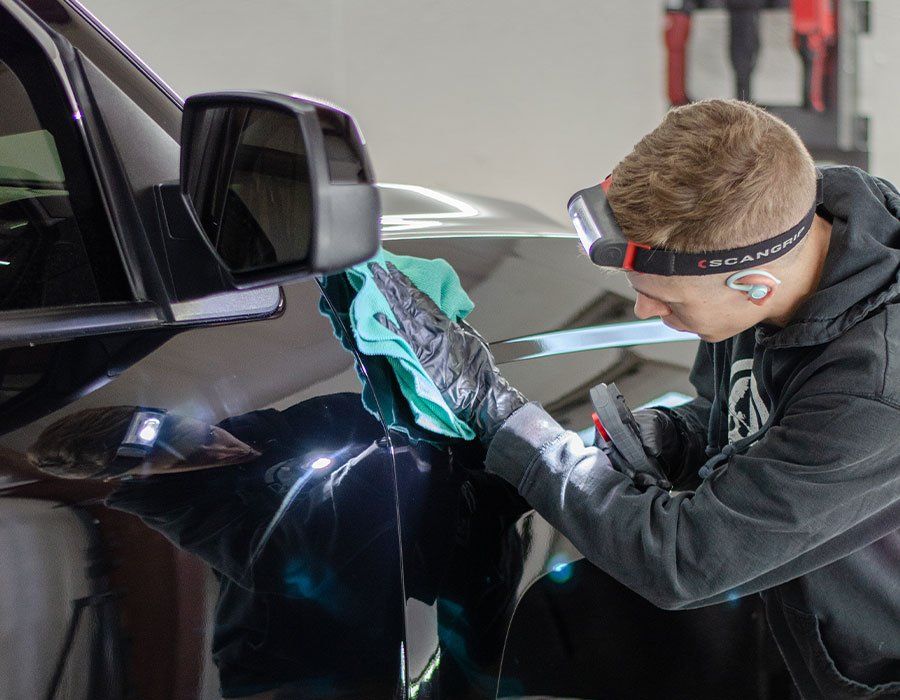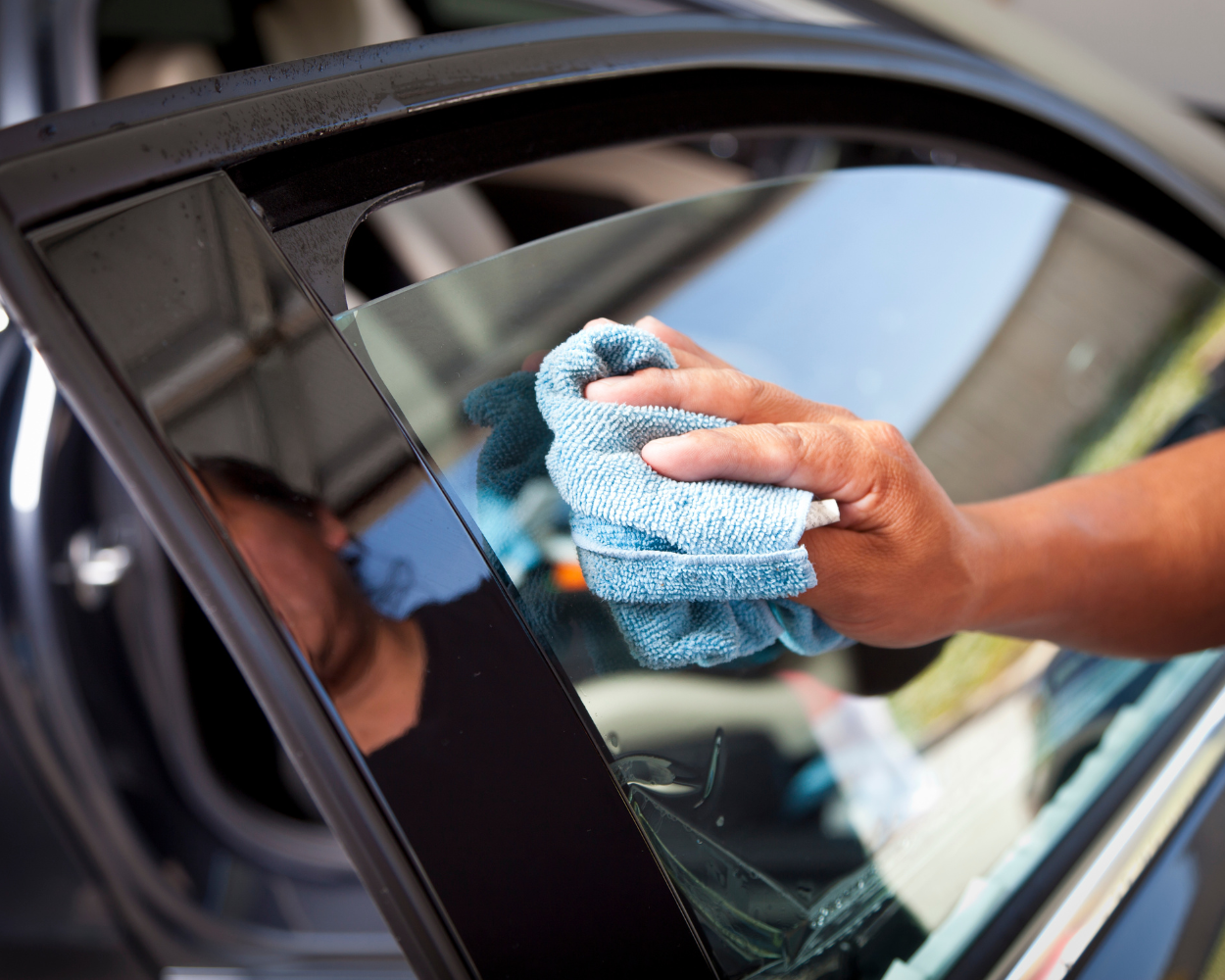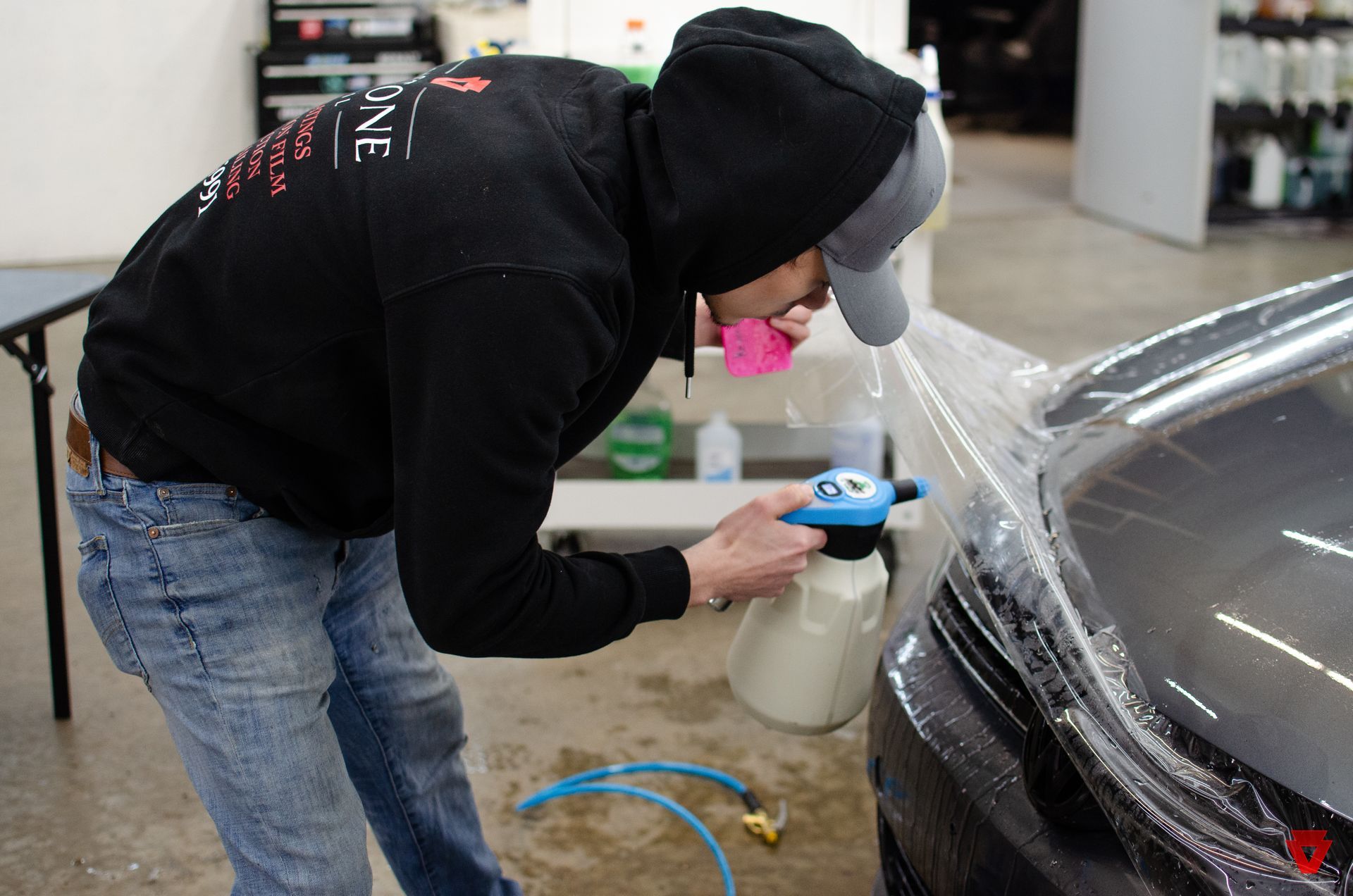Ceramic Coating Cost: Is It Worth the Investment? A Comprehensive Guide
Indeed, the cost of ceramic coating is justifiable. This protective layer not only safeguards your vehicle against exterior damage from environmental contaminants, chemicals and harsh weather conditions but also enhances its visual appeal. It potentially increases the resale value by preserving its glossy finish. After understanding these costs and benefits, one may find that investing in ceramic coating has more merits than initially anticipated. Let's delve into this further.
While the initial cost of ceramic coating may seem higher than that of traditional waxing or paint sealants, its exceptional durability and protective properties can save you time and money on frequent reapplications and repairs. With proper maintenance, a professional-grade ceramic coating can provide years of reliable protection against UV damage, chemical contaminants, and environmental elements, while also enhancing the visual appeal and resale value of your vehicle.
Estimation of Cost for Ceramic Coating
The cost of ceramic coating your vehicle can vary greatly, typically ranging from $500 to $2,000. Several factors contribute to this wide price range. For starters, the size of your vehicle significantly impacts the cost. Smaller cars generally require less coating material compared to larger vehicles like SUVs and trucks, which inevitably affects the overall price. Additionally, the current condition of your vehicle’s paint plays a crucial role in determining the extent of preparation required before applying the ceramic coating. If there are existing imperfections that necessitate paint correction services, this will add to the overall cost.
Another significant factor to consider is the quality of the ceramic coating you opt for. High-quality ceramic coatings with advanced formulations come with a heftier price tag due to their exceptional durability, resistance to environmental elements, and longevity. While they may demand a larger upfront investment, these top-tier coatings often offer greater protection and a longer-lasting shine for your vehicle’s exterior. The expertise and reputation of the applicator also influence the cost. Seasoned professionals who have built a strong reputation for delivering excellent results may charge higher rates for their services compared to less experienced detailers. Their meticulous application techniques and use of higher-quality products can justify the higher pricing.
Think of it like comparing generic products with brand-name ones—brand-name products often come with a higher price because of their superior quality and assurance. Ultimately, understanding the breakdown of these cost factors helps you make an informed decision about the type of ceramic coating service you need, ensuring that it aligns with your budget and provides long-term value for your vehicle's protection and aesthetics.
Unraveling the Benefits of Ceramic Coating
Ceramic coating is like a superhero cloak for your car. It doesn't just make it look shiny and clean; it adds a strong layer of protection against environmental and chemical contaminants that could hurt your car's paint. Let's break down the benefits one by one so you can see how it all adds up.
- Protection Against Environmental Factors: The environment can be pretty rough on your car's paint. The sun's UV rays, harsh weather conditions, bird droppings, and tree sap—they're all out to dull your car's shine and wear down its paint over time. Ceramic coating serves as a shield against these dangers, lowering the possibility of damage from these environmental factors. This not only keeps your car looking new for longer but also prevents the need for expensive paint repairs in the future.
- Enhanced Visual Appeal and Resale Value: Who doesn't love a glossy, sleek finish on a car? Ceramic coatings do wonders for that. It doesn't just protect the paint; it also makes it look better than new, enhancing the color and clarity of the vehicle's exterior. Not only do you get to enjoy a more vibrant, lustrous finish, but this enhancement also adds to the overall visual appeal of the car. And guess what? A well-maintained, glossy paint job can significantly boost your car's resale value when the time comes to part ways with it.
- Hydrophobic Properties: Imagine water effortlessly rolling off the hood of your car instead of leaving unsightly water spots behind. This is because ceramic coatings are hydrophobic, repelling water and other liquids right off the surface. This unique feature not only makes cleaning much easier but also helps in preventing water spots, especially in areas where water quality isn't ideal.
- Long-Term Durability: Investing in a professional-grade ceramic coating pays off in the long run. While market alternatives may seem cheaper upfront, they often lack durability and don't provide the same glossy finish or peace of mind that comes with professional-grade ceramic coatings. A high-quality ceramic coating can last for years with proper maintenance, saving you both time and money that would have been spent on frequent waxing and detailing.
Considering all these benefits, it's clear that ceramic coating is more than just an aesthetic upgrade for your vehicle; it's a comprehensive investment in maintaining its integrity, appearance, and long-term value. In the world of vehicular protection and preservation, ceramic coatings stand as stalwart guardians against the relentless forces of nature, keeping vehicles pristine and resistant to wear.
Weather Resistance and Durability with Ceramic Coating
When you invest in a ceramic coating for your vehicle, you're not only giving it a glossy finish, but you're also outfitting it with an invisible shield. This shield is designed to protect your car's paint from the elements—rain, wind, snow, and harsh sunlight. It acts as a barrier against environmental factors that can cause serious damage over time. Imagine your car parked outside during a heavy rainstorm or sweltering under the hot sun. Without any protection in place, the rainwater will bead on the surface and gradually seep into the paintwork, causing water spots and potential damage. Conversely, prolonged exposure to the sun can lead to oxidation and fading of the paint. However, with the ceramic coating, you'll notice that the water forms tight beads and simply rolls off the surface. The UV-resistant properties of ceramic coatings ensure that your paint remains vibrant and free from the effects of harsh sunlight.
Now, let's dive into endurance. Traditional wax coatings typically last 2-3 months, while polymer sealants last around 6-8 months. In contrast, ceramic coatings provide up to 5 years of protection against UV damage, oxidation, and environmental contaminants. Their resilience to such factors allows them to maintain their protective qualities even when exposed to extreme temperatures, a characteristic not commonly found in traditional coatings. Consider this: When winter descends and your vehicle faces road salt and chemical de-icers, most traditional wax and sealant coatings may deteriorate over time due to their limited protective qualities. However, ceramic coatings remain unfazed by these challenges, offering steadfast protection that lasts through extreme conditions.
This unparalleled durability means that with proper maintenance, a ceramic coating can keep your vehicle looking its best for years to come while providing peace of mind knowing that it is guarded against the harshest of weather conditions. The exceptional weather resistance and durability of ceramic coatings not only save you time and effort in regular maintenance but also ensure long-lasting protection for your vehicle's paintwork. With a ceramic coating, your vehicle’s exterior is ensured a robust shield against the forces of nature.
Preserving Your Vehicle's Paint Quality with Ceramic Coating
Ceramic coating goes beyond making your vehicle shine; it's a proactive investment in protecting its appearance and paint quality. Whether you have a classic car or the latest sports model, maintaining that showroom gloss isn't just about vanity—it adds monetary value to your vehicle by preserving its original paint job. When you invest in professional-grade ceramic coating, you're essentially putting up an invisible shield around your vehicle's paint, guarding it from a multitude of hazards it encounters every day.
How Ceramic Coating Works
Unlike traditional waxing methods that provide temporary protection, ceramic coatings are more long-lasting. The liquid polymer used in ceramic coating chemically bonds with the vehicle's factory paint, creating a durable protective layer. This layer is highly hydrophobic, repelling water and other liquids, making cleaning easier and helping prevent water spots. So, when you're navigating through muddy terrain or driving amidst a cloud of dust on a dry summer day, your vehicle's paint is shielded against potential damage that these contaminants may cause. Imagine avoiding the frustration of dealing with stubborn stains caused by bird droppings or tree sap because your vehicle's surface has an added defense. A professional-grade ceramic coating ensures that these incidents won't leave lasting marks on your vehicle, keeping it looking new for longer periods of time.
Ceramic coatings don't just offer protection; they elevate the appearance of your vehicle, enhancing its visual appeal and potential future resale value. The coating's deep, glossy finish enhances the color and clarity of the vehicle's paint, making it stand out wherever you go. Investing in professional-grade ceramic coating is an assurance that your vehicle's paint quality will remain top-notch, reducing the need for frequent repainting and touch-ups while preserving its market value. When it comes to safeguarding one of your most prized possessions—your vehicle—an investment in ceramic coating yields long-term benefits.
Worthiness of Ceramic Coating as an Investment
When it comes to making investments in our vehicles, we often weigh the cost against the benefits. The same is true for ceramic coating. Although it involves a higher upfront cost compared to traditional waxing or sealants, it's essential to consider the long-term advantages that can potentially outweigh the initial expense. Let's explore the reasons why ceramic coating is indeed a worthy investment for your vehicle.
Long-Lasting Protection
Ceramic coating offers superior protection against elements like UV rays, chemicals, and oxidation, preserving a vehicle's paint for longer. Unlike waxes and sealants that require reapplication every few months, a properly applied ceramic coating can last several years with proper maintenance. This means that once you make the initial investment, you can enjoy extended protection without the need for frequent reapplications.
Preservation of Aesthetics and Paint Quality
Ceramic coatings enhance the aesthetics of the vehicle by adding depth to the paint color and providing a glossy and well-maintained look. They also create a hydrophobic surface that repels dirt, grime, and water spots, reducing the need for frequent car washes and maintaining a cleaner appearance for longer periods of time. By protecting against sun-faded paint and environmental hazards, ceramic coatings play a crucial role in preserving the visual appeal of your vehicle and its overall resale value.
Potential Savings on Maintenance and Repairs
In addition to its aesthetic benefits, ceramic coating can lead to potential future savings on maintenance and repairs. By forming a strong protective layer over the vehicle's paint, ceramic coatings help prevent deep-set staining and erosion issues that could necessitate costly corrective measures in the absence of proper protection. Since ceramic coatings reduce the adhesion of dirt and contaminants, they make cleaning easier and less frequent, translating to savings on car detailing expenses over time while ensuring that your vehicle maintains its polished appearance effortlessly.
Considering these factors together—long-lasting protection, preservation of aesthetics and paint quality, and potential future savings on maintenance and repairs—it becomes evident that ceramic coating is indeed a valuable investment for maintaining your vehicle's visual appeal and resale value.
Understanding Time Investment for Application and its Impact on Cost
The process of applying a ceramic coating to your vehicle is no quick fix. It typically involves a meticulous and time-consuming application that varies depending on certain factors, such as the size of your vehicle and the complexity of its surfaces. So, what does this mean in terms of costs and long-term benefits? Let's explore.
The intricacy and size of vehicles play pivotal roles in determining the time investment required for ceramic coating application. A larger vehicle with a more intricate surface will naturally demand more meticulous attention during application, resulting in an increase in the overall time needed to complete the process. The complexity of the surface may refer to features such as curves, crevices, and other hard-to-reach areas that require extra care and precision during the ceramic coating application. It's important to note that while the initial time investment may result in a higher application cost, the long-term benefits significantly outweigh the cons.
Moreover, professional detailers often conduct thorough inspections before initiating the ceramic coating process. These inspections are essential to identify any imperfections or blemishes on the vehicle's paintwork that need correction before applying the ceramic coating. This meticulous approach ensures optimal adhesion and durability of the coating. Consequently, this adds another layer to the time investment, but it's crucial for achieving a flawless finish. Additionally, environment-related factors can influence the application process. External temperatures can impact drying times and affect how quickly each layer of the ceramic coating sets. Optimal weather conditions are necessary to ensure an efficient application process, further underscoring how several external factors can influence both time and cost considerations.
Finally, considering this detailed process, it becomes evident that while the initial time and financial investments may seem significant, they ultimately contribute to reduced maintenance needs and a prolonged protective effect. Thus, understanding these facets allows vehicle owners to appreciate the intricacies involved in ceramic coating application and recognize its long-term value. Understanding how these diverse factors contribute to time investment sheds light on the comprehensive nature of ceramic coating application, emphasizing its significance in ensuring lasting protection for your vehicle.
Optimal Ceramic Coating Installers in Erie, PA
Discover the ultimate protection for your vehicle with Keystone Detail, the
optimal ceramic coating installer in Erie, PA! Our expert team specializes in applying top-tier ceramic coatings that provide exceptional durability, shine, and resistance against environmental hazards. With our cutting-edge technology, your car's paint will stay looking brand new, shielded from UV rays, dirt, and other environmental contaminants. Experience the ease of maintenance with a surface that repels water and grime effortlessly. Trust Keystone Detail to preserve your vehicle’s beauty and value. Contact us today to schedule your appointment and give your car the premium protection it deserves! Call us at
(814) 230-6991 to get started!
